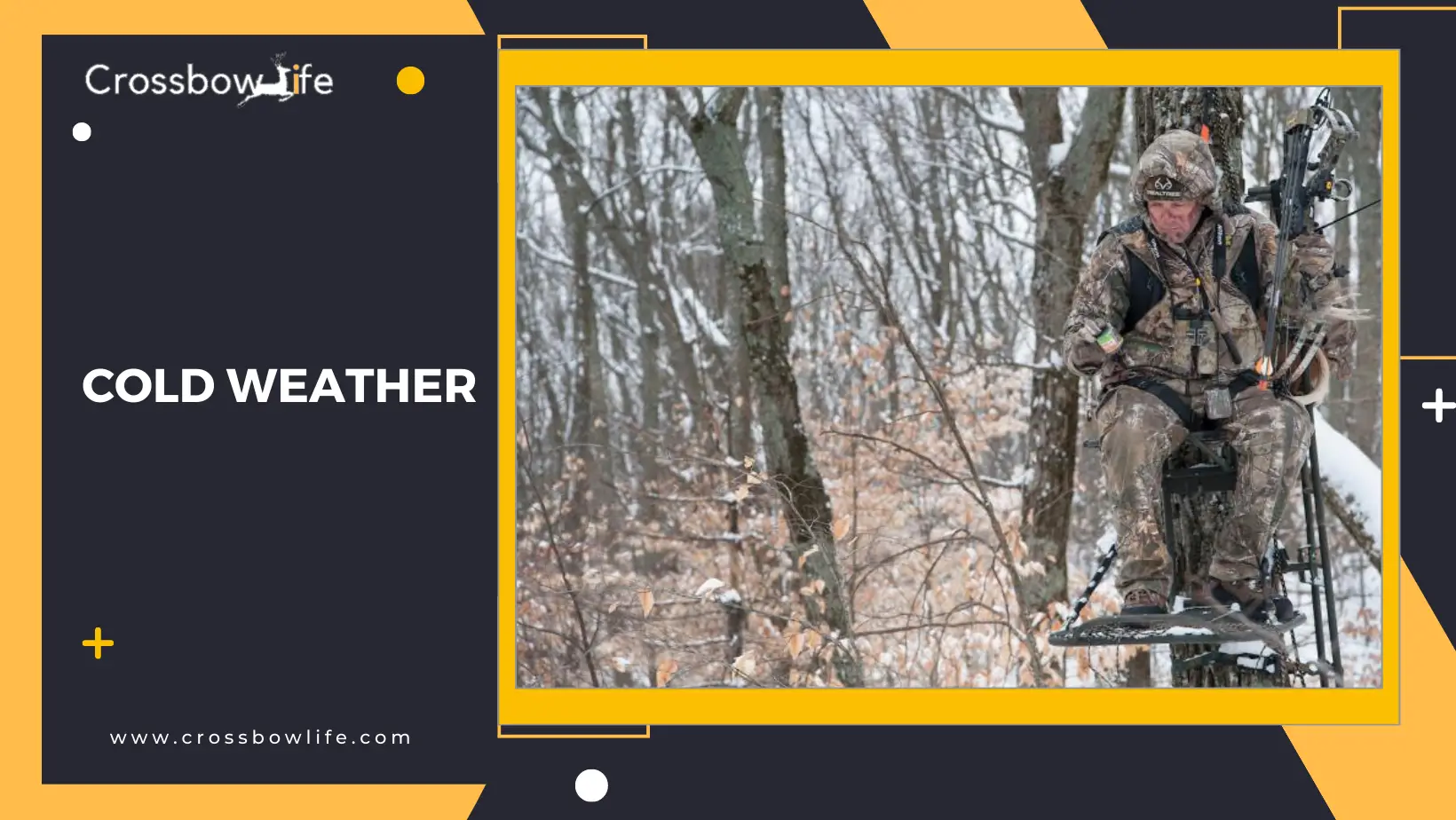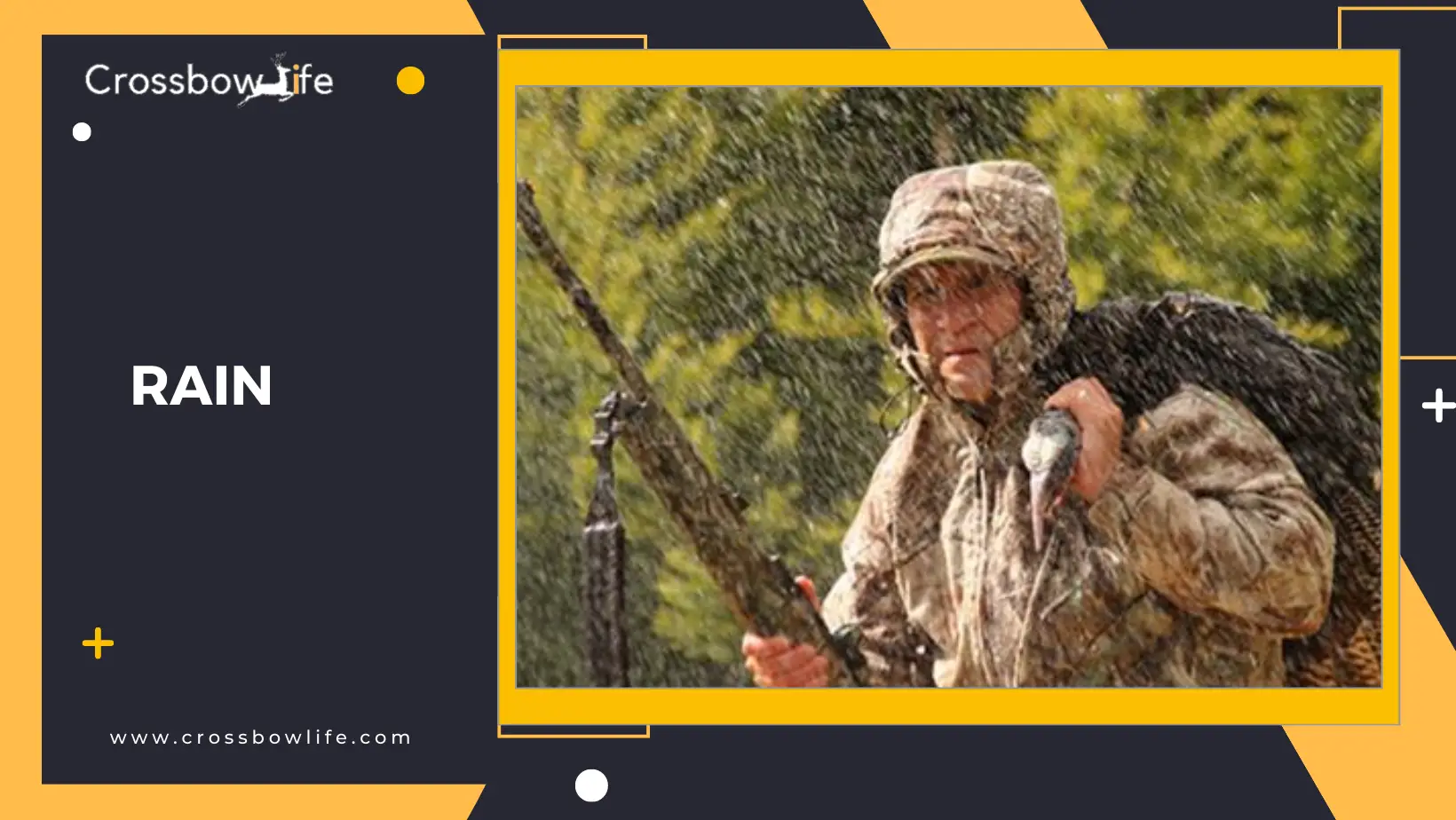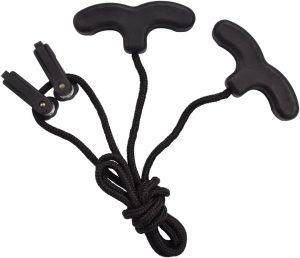I used to think of hunting as something that should only be done in the most accommodating conditions. You know what I’m talking about; the sun is shining, the birds are chirping, and the temperature is just right.
But, soon enough, I became addicted to the chase. Everything about it; from tracking prey to lining up and landing the perfect kill shot, to that sense of accomplishment: and of course, the taste of the meet. The problem was, Perfect weather conditions were few and far between, and if I kept on waiting for perfection, then I’d barely ever get to experience this new activity I just fell in love with.
I made an executive decision. I didn’t care what the weather was when the opportunity for a hunting trip presented itself, I would take it. Little did I know, being in the wilderness with nothing but nature, your friends, and your gear, in awful weather would yield some of the best hunting experiences I will ever have.
For the sake of time, we won’t be able to get into a full breakdown of how to hunt in each condition. Instead, we’ll go over some of the most important aspects of hunting in severe weather. But don’t fret we’ll have more in-depth content coming to you soon.
Extreme Weather
Hunting in severe weather is one of the best experiences you’ll ever have. Something about the misery of it just brings everyone together; the comradery is second to none. Not only that, but extreme weather is often what gets your prey on the move.
Whether it’s raining, freezing, hot, windy, or any combination of awful conditions; extreme weather can result in some of the best hunting experiences that you’ll ever have. But only if you’re prepared with the proper equipment for your trip.
Heat

Extreme heat is probably the most uncomfortable hunting weather; it is undoubtedly unbearable for me. But with some preparation and the proper techniques, you’ll be able to turn that misery into a fruitful hunting trip.
Technique
When you’re sitting in 90-degree heat with 80% humidity there is only one thing we know for sure. You’re going to be sweating – like a lot. And yeah, they have sprays to mask your scent, but there isn’t enough in the world to hide you from the animals standing downwind from you.
Placement is essential here, never, ever, EVERRR, stand downwind of a deer. And this is especially true for the hot days. How do you do this? You do it by scouting your trips accordingly. Know where the deer bedding areas are, as well as the direction the wind is headed, and make a concerted effort to keep the wind at your front.
Another nice thing about hunting in the heat is that you can reliably predict where the deer are going to be. Like us, animals dehydrate much faster in hot weather. What that means for us is; once you find the watering hole, you’ve found the deer. It’s really just as simple as that. But remember, stand upwind of them.
Gear
The first thing I always recommend to any hunter, regardless of the weather conditions, is to get a hydration pack. Camelbak’s has hydration systems that you wear like a backpack, and trust me, they are a life-saver. Camelbak’s like the Camelbak Ambush is perfect; it’s lightweight and can carry more than three-liters of liquid on your back.
The second aspect of summer hunting is making sure you have dressed appropriately. Companies put a lot of effort into making clothing that wicks away the sweat and captures every breeze to keep you cool. Well, as cool as can be when you’re hunting in 90+ degree weather.
Under Armor makes an excellent set of warm-season clothing, and it does a pretty good job at keeping you comfortable. Check them out to keep warm here on amazon!
Cold Weather

To me, this is the most fun time to hunt. The scenery is beautiful, and there are plenty of ways to stave off the cold.
Gear
You’ll want to start off by layering up, and your base layer should be a nice set of merino wool layers. Merino wool shirts are far and away the best material for keeping your body warm in frigid temperatures.
When layering clothing, you are keeping your body temperature warm, and that’s great. But what happens when you start moving around and sweating? At that point, the sweat begins to evaporate, and your core temperature begins to plummet. Merino wool stops that from happening.
Instead, it wicks away the moisture helping to regulate your body temperature, keeping you warm the entire trip. Don’t just stop at base layers either, get a merino wool cap and socks for head foot warmth too.
Another piece of equipment I like to use is a mask to keep my face warm. Masks like the Choice Balaclava keep your head, neck, and ears warm in the coldest of temperatures.
Of course, you’ll want some insulating boots, and you definitely need an awesome winter hunting coat.
Rain

Rainy weather is an entirely different beast. There is nothing majestic or even remotely fun about it. It’s just pure misery. But on the bright side, deer do tend to be out and about when it’s raining outside.
Gear
My first recommendation is to get water-repellent outer shells to keep you dry. Karumba makes an excellent jacket that keeps the water outside, and you dry inside. Make sure you get it a size or so larger so that it fits comfortably outside of the rest of your gear.
Hunting in extreme weather is never easy, any hunter that tells you it is probably hasn’t actually tried it out. But it has always proved to be the most memorable experience I’ve ever had while hunting.
So don’t be afraid to give it a shot. As long as you’re prepared with the right materials, have the right people around you, and don’t mind a little discomfort. I promise you; you will walk away with some memories that will last a lifetime.
And you’ll probably walk away with some dinner too!
Related Links:
- https://en.wikipedia.org/wiki/Hunting /By Wikipedia
- https://en.wikipedia.org/wiki/Extreme_weather /By Wikipedia
- https://en.wikipedia.org/wiki/Hunting_reaction /By Wikipedia
- https://en.wikipedia.org/wiki/Hurricane_hunters /By Wikipedia
- https://www.wikihow.com/Hunt /By Wikihow
- https://www.wikihow.com/Go-Deer-Hunting /By Wikihow
- https://www.wikihow.com/Live-in-the-Wilderness /By Wikihow



